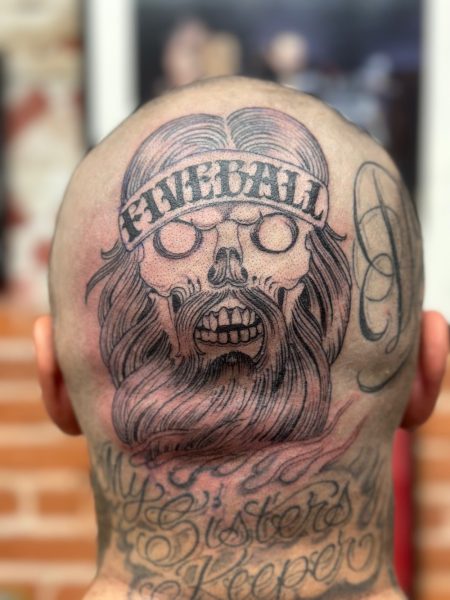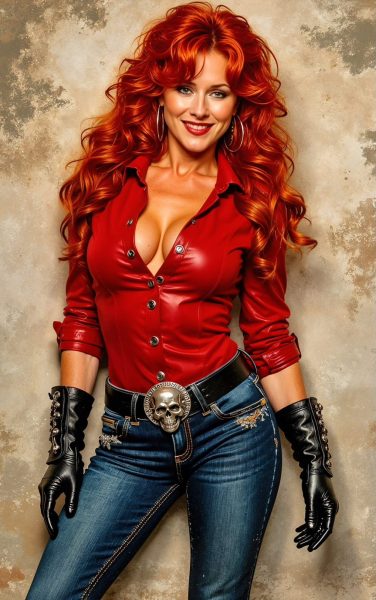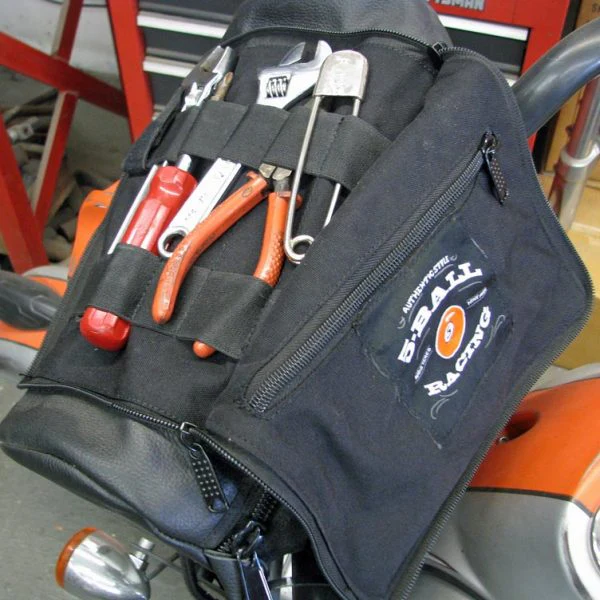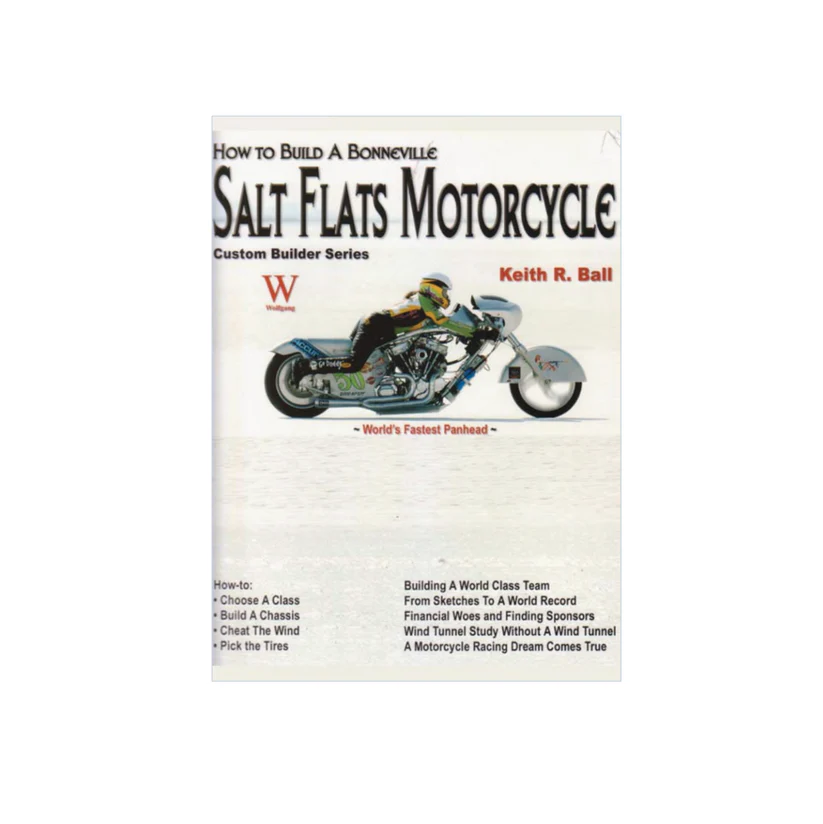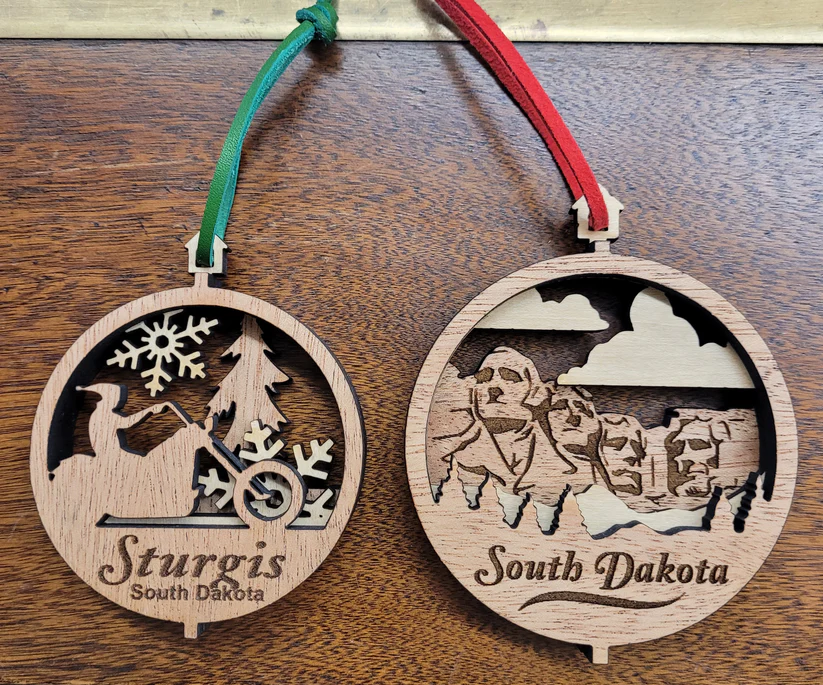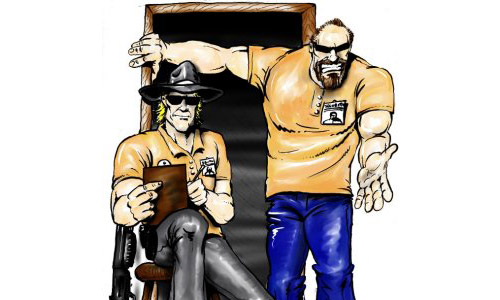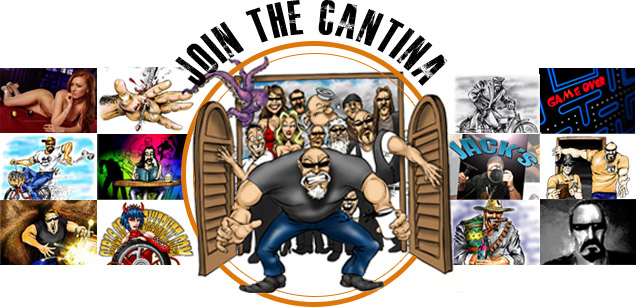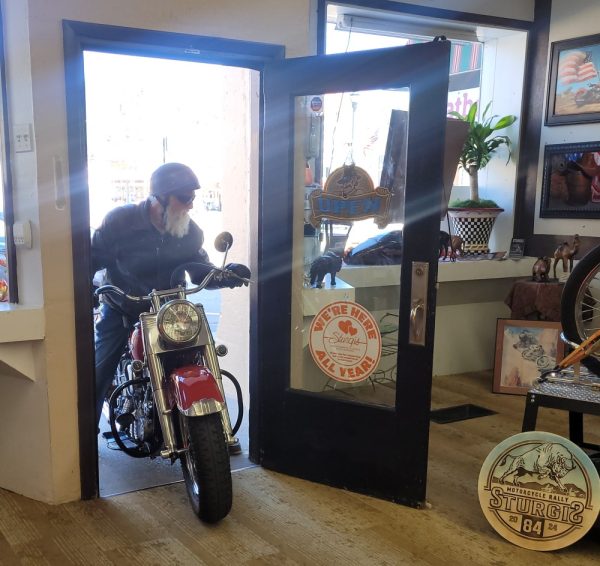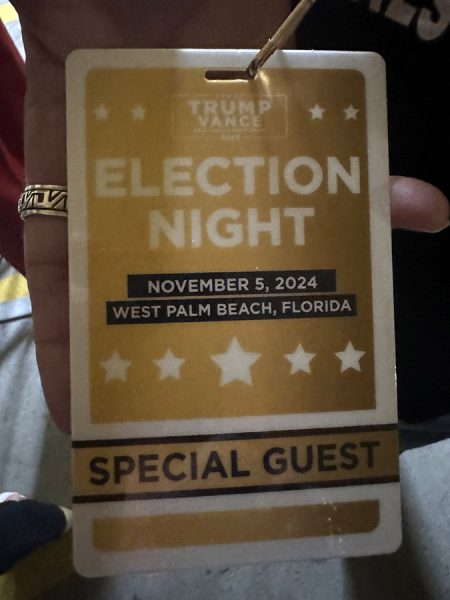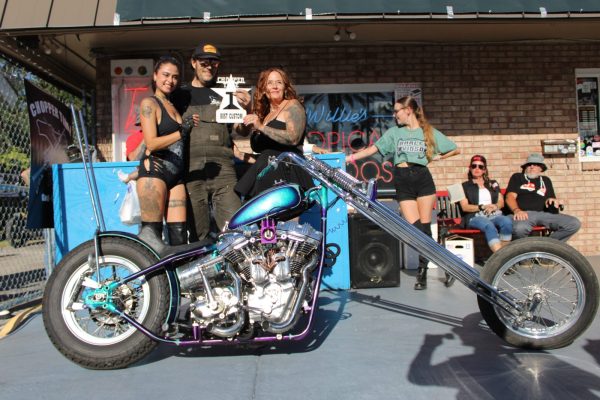Latest News
Select 2025 Harley-Davidson motorcycles available worldwide
HARLEY-DAVIDSON REVEALS SELECT 2025 MOTORCYCLES NOW AVAILABLE AT WORLDWIDE AUTHORIZED DEALERSHIPSAdditional New Harley-Davidson Motorcycles to ...
Who will grab KTM eventually?
Will KTM become a Chinese funded brand?Three primary investors show interest in KTMMaybe keeping KTM ...
THE WILD NEW YEARS DAY BIKERNET WEEKLY NEWS for January 1st, 2025
Holy Shit, I remember 2000 like it was yesterday. What the hell happened to 25 ...
THE BOARD MEETING
Bandit Steps Up Strange times and Bandit scratched his head as he dealt with issues ...
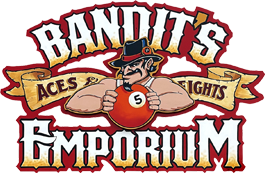
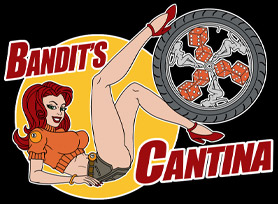
New in the Cantina
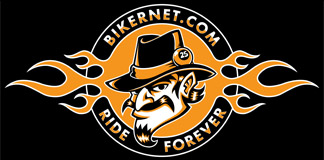
Tech Articles
FEULING VENTED DIPSTICK
The Feuling Billet Dipsticks are made In America and they vent excessive crankcase pressure from ...
FEULING TWIN CAM PLATE TESTING TOOL
Using the right tool for any job makes things go easier, faster, and eliminates most ...
TANKS FOREVER, FOREVER TANKS
This mess started with a ride to a tribute concert in Hollywood, one of the ...
Firebrand Monarch 4.5 Slip-on Mufflers for HD Touring Models
Like most people I know, I wanted to change the exhaust on my new motorcycle. ...
Bike Features
NEW PANHEAD ROLLS INTO THE EMPORIUM
Charlie’s ’51 EL Charlie’s a wild man with a long flapping gray beard. At 65 ...
5th Place European Championship 2006
Fifth place was taken by Krazy Horse Cycles from the UK, with their ‘Zeroesque’, an ...
Aussie Shovelhead Tribute
A long time self-confessed bike nut, Glenn remembers riding back in the day when dodging ...
TRUETT & OSBORN DOUBLES
Editor’s Note: The Sturgis Museum and Hall of Fame curation committee recently received the opportunity ...
Event Features
PRESIDENT TRUMP ELECTION NIGHT WATCH PARTY
WEST PALM BEACH CONVENTION CENTER TUESDAY,NOVEMBER 5 THRU WEDNESDAY,NOVEMBER, 6,2024 PROMISES MADE, PROMISES KEPT ...
Tropical Tattoo’s Choppertime
Biketoberfest 2024 Story and photos by Katmandu This October, your motorcycle mecca, also known as ...
LC Fabrications’ Jeremy Cupp takes Freestyle in Washington, DC
Jeremy Cupp took 2nd in New York before the holiday break and then motored into ...
Arizona HOG Rally 2012 Rocks Williams, Arizona
The annual Arizona HOG Rally recently returned to the historic mountain settlement of Williams. The ...

